 Peter C. Foller kicked-off his career with a mildly stressful, yet necessary, experience we can all relate too – public speaking. It was Foller’s first time presenting his research, an event he still vividly remembers. Foller, then a graduate student, attended an ECS meeting with faculty advisor Charles W. Tobias, where he hoped his presentation would lead him towards networking opportunities, and ideally, a job. Moreover, Foller recalls that ECS meeting presentations were something Professor Tobias expected of students, long after that final handshake in his office followed by that slow turn, eyeglasses lowered, “And now you may call me Charles…”
Peter C. Foller kicked-off his career with a mildly stressful, yet necessary, experience we can all relate too – public speaking. It was Foller’s first time presenting his research, an event he still vividly remembers. Foller, then a graduate student, attended an ECS meeting with faculty advisor Charles W. Tobias, where he hoped his presentation would lead him towards networking opportunities, and ideally, a job. Moreover, Foller recalls that ECS meeting presentations were something Professor Tobias expected of students, long after that final handshake in his office followed by that slow turn, eyeglasses lowered, “And now you may call me Charles…”
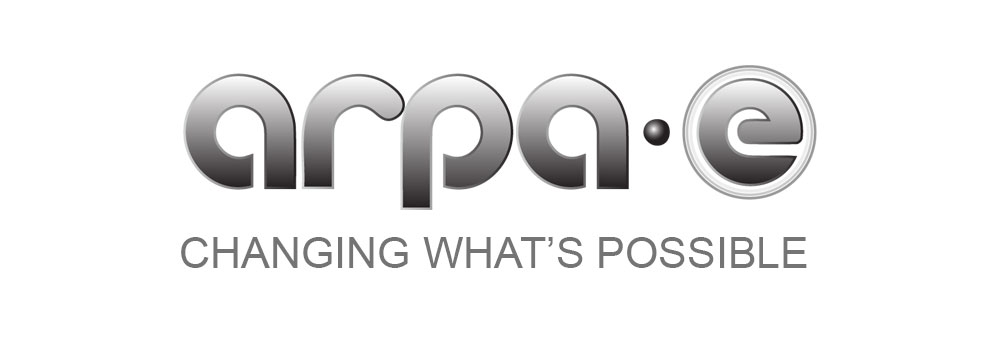 In a recent post by Bill Gates, the business magnate identified the Advanced Research Projects Agency-Energy, more commonly known as ARPA-E, as his favorite obscure government agency.
In a recent post by Bill Gates, the business magnate identified the Advanced Research Projects Agency-Energy, more commonly known as ARPA-E, as his favorite obscure government agency.
Gates cited the agency as a key in solving pressing energy issues, referencing his faith in ARPA-E as demonstrated through his involvement in the $1 billion investment funding created in 2016 through Breakthrough Energy Ventures (BEV).
BEV was developed as an initiative to provide affordable, clean energy to people across the globe. In order to make that energy future possible, Gates and his partners at BEV knew they would have to depend on public, government funded research.
Since its establishment in 2009 under then U.S. Secretary of Energy Steven Chu, ARPA-E has acted as an arm of the U.S. Department of Energy that can help deliver the highly innovative technology that ventures like BEV depend on. From the agency’s REFUEL program, which promotes the development of carbon-neutral fuels to BEEST, funding research in energy storage for transportation, ARPA-E funds high-risk, high-reward endeavors capable of transforming energy landscapes.
With a Tight Federal Budget, Here’s Where to Focus Clean Energy Research Funding
Posted on May 24, 2017 by Amanda StallerBy: Erin Baker, University of Massachusetts Amherst
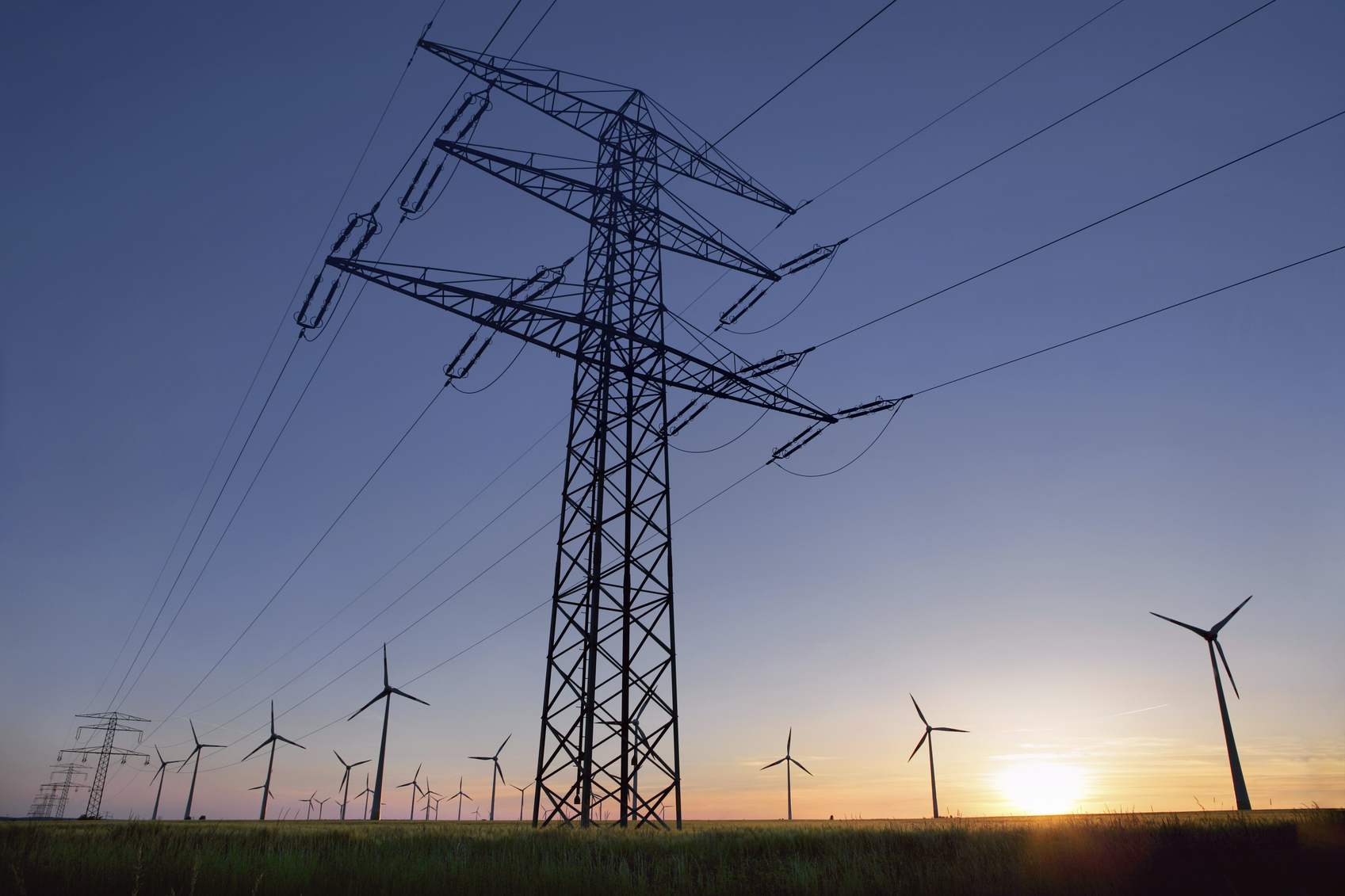 The U.S. Department of Energy spends US$3-$4 billion per year on applied energy research. These programs seek to provide clean and reliable energy and improve our energy security by driving innovation and helping companies bring new clean energy sources to market.
The U.S. Department of Energy spends US$3-$4 billion per year on applied energy research. These programs seek to provide clean and reliable energy and improve our energy security by driving innovation and helping companies bring new clean energy sources to market. ![]()
President Trump’s detailed budget request reportedly will ask Congress to cut funding for the Energy Department’s clean energy programs by almost 70 percent, from $2 billion this year to $636 million in 2018. Clean energy advocates and environmental groups strongly oppose such drastic cuts, but some reductions are likely. Where should DOE focus its limited funding to produce the greatest energy and environmental benefits?
My colleagues Laura Diaz Anadon of Cambridge University and Valentina Bosetti of Bocconi University and I recently reviewed 15 studies that asked this question. We found a number of clean energy technologies in electricity and transportation that will help us slow climate change by reducing greenhouse gas emissions, even at lower levels of investment.
By: Bruce Weinberg, The Ohio State University
 Science funding is intended to support the production of new knowledge and ideas that develop new technologies, improve medical treatments and strengthen the economy. The idea goes back to influential engineer Vannevar Bush, who headed the U.S. Office of Scientific Research and Development during World War II. And the evidence is that science funding does have these effects.
Science funding is intended to support the production of new knowledge and ideas that develop new technologies, improve medical treatments and strengthen the economy. The idea goes back to influential engineer Vannevar Bush, who headed the U.S. Office of Scientific Research and Development during World War II. And the evidence is that science funding does have these effects. ![]()
But, at a practical level, science funding from all sources supports research projects, the people who work on them and the businesses that provide the equipment, materials and services used to carry them out. Given current proposed cuts to federal science funding – the Trump administration has, for instance, proposed a 20 percent reduction for the National Institutes of Health – it’s important to know what types of people and businesses are touched by sponsored research projects. This information provides a window into the likely effects of funding cuts.
Most existing research into the effects of science funding tries to quantify research artifacts, such as publications and patents, rather than tracking people. I’ve helped to start an emerging project called the UMETRICS initiative which takes a novel approach to thinking about innovation and science. At its core, UMETRICS views people as key to understanding science and innovation – people conduct research, people are the vectors by which ideas move around and, ultimately, people are one of the primary “products” of the research enterprise.
UMETRICS identifies people employed on scientific projects at universities and the purchases made to carry out those projects. It then tracks people to the businesses and universities that hire them, and purchases to the vendors from which they come. Since UMETRICS relies entirely on administrative data provided by member universities (now around 50), the U.S. Census Bureau and other naturally occurring data, there are no reporting errors, sample coverage concerns or burden for people. It covers essentially all federal research funding as well as some funding from private foundations.
Funding Opportunity for Young Researchers in Energy Storage
Posted on July 11, 2016 by Amanda Staller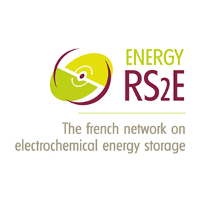 The French research network on electrochemical energy storage (RS2E) – a public research organization focused on batteries and supercapacitors – has just launched the Young Energy Storage Scientist Award 2016.
The French research network on electrochemical energy storage (RS2E) – a public research organization focused on batteries and supercapacitors – has just launched the Young Energy Storage Scientist Award 2016.
The YESS Award is geared toward young scientists in the energy storage field, focused on awarding research funds to innovative and significant projects in the field of electrochemical energy storage, coupled fields of electrochemical energy storage and conversion, or associated characterization techniques.
With this award, RS2E aims to encourage the next wave of energy storage researchers to be as innovative as possible and to say in private/publish energy storage research. The award aims to aid scientists 35 years old or younger from the U.S., Europe, and Canada.
Two $11,000 awards will be distributed, as well as five $2,700 awards.
Deadline for project submissions is July 27, 2016.
Taking Electrochemistry to the U.S. House of Representatives
Posted on June 24, 2016 by Amanda Staller
Image: Toshiyuki Imai/Flickr
In a push for more basic research funding for electrochemical science, past ECS President Daniel Scherson testified before a U.S. House subcommittee to discuss innovations in solar fuels, electricity storage, and advanced materials.
“I want them to understand where electrochemistry fits in many aspects of our lives,” Scherson, the Frank Hovorka Professor of Chemistry at Case Western Reserve University, said prior to the hearing.
During the hearing, Scherson emphasized to the subcommittee that in order to solve some of society’s most pressing problems, more federal funding to basic electrochemistry research is critical. He further explained that without efforts in electrochemistry, nearly all aspects of energy storage and conversion – including batteries, fuels cells, EVs, and wind and solar energy – would cease to be viable.
“Electrochemistry is a two century old discipline that has reemerged in recent years as a key to achieve sustainability and improve human welfare,” Scherson told the subcommittee.
In recent years, budget cuts in federal spending have adversely affected scientific research. In April of this year, Sen. Jeff Flake (R-Ariz.) launched an attack on federal research dollars in the form of the Wastebook – a report detailing specific studies that the senator believes to be wasteful spending.
$30 Million in Funding For New Technologies in Renewable Liquid Fuels
Posted on April 29, 2016 by Amanda Staller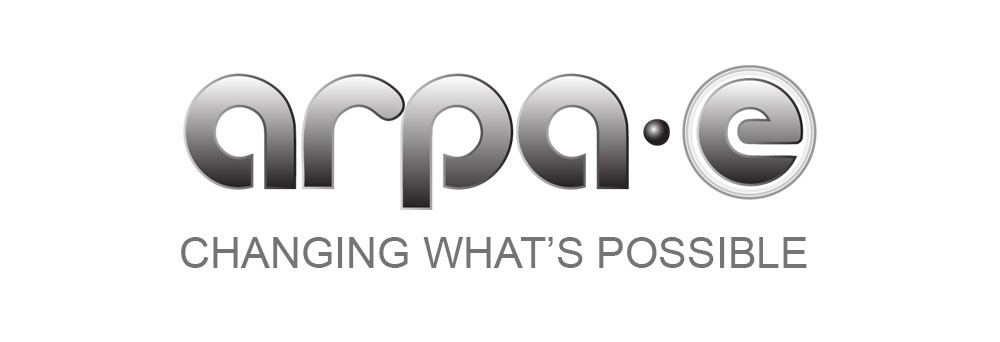 The U.S. Department of Energy’s Advanced Research Projects Agency-Energy (ARPA-E) has recently announced up to $30 million in funding for a new program that focuses on renewable energy to convert air and water into cost-competitive liquid fuels.
The U.S. Department of Energy’s Advanced Research Projects Agency-Energy (ARPA-E) has recently announced up to $30 million in funding for a new program that focuses on renewable energy to convert air and water into cost-competitive liquid fuels.
The program, titled Renewable Energy to Fuels through Utilization of Energy-dense Liquids (REFUEL), is aimed at developing technologies that use renewable energy to convert air and water into carbon neutral liquid fuels – which can be converted into hydrogen or electricity to provide power for sustainable transportation.
The majority of vehicles in the transportation sector depend on liquid fuels such as gasoline or diesel to operate. While liquid fuels are energy dense and can be stored for a long period of time, liquid fossil fuels emit significant amounts of carbon dioxide into the environment. These emissions account for over 20 percent of the U.S.’s total greenhouse gas emissions and contribute to the overall effects of climate change.
In early December of 2015, Sen. Jeff Flake (R-Ariz.) penned what he deemed the “Wastebook” – a report detailing what the senator believes to be wasteful federal spending, specifically targeted at research dollars.
The report took aim at research the fiscal conservative considered a waste of federal cash, including projects he summed up as a “shrimp fight club,” a study of cows in China, an exploration of why obese women can’t get dates, and a look at shrimp on a treadmill.
Earlier this month, those very same scientists that Flake criticized and reduced their research to mere waste took to Pennsylvania Avenue to reinforce the legitimacy of their work.
Researchers respond
“I am rock solid about my research. I know it is very good,” said Sheila Patek, an associate professor of biology at Duke University who led the so-called shrimp fight club study. “But this ‘Wastebook’ targeted a short paper that was the first paper in my young graduate student’s career. He is from a long line of firefighters. His father, his uncle, his grandfather. There aren’t any other scientists in his family. They are very proud of him. He is extremely civic-minded. I don’t think I’ve had anyone in my lab like that. And this has been crushing for him.”
 Ningde Amperex Technology Ltd. (ATL, China) is announcing a funding opportunity for researchers actively engaged in rechargeable lithium battery technologies. They are offering $100,000-$500,000 to selected projects addressing current problems associated with lithium metal anodes and proposing viable solutions for the commercialization of long-life, high-performance lithium metal secondary batteries for high energy density applications.
Ningde Amperex Technology Ltd. (ATL, China) is announcing a funding opportunity for researchers actively engaged in rechargeable lithium battery technologies. They are offering $100,000-$500,000 to selected projects addressing current problems associated with lithium metal anodes and proposing viable solutions for the commercialization of long-life, high-performance lithium metal secondary batteries for high energy density applications.
The steep demand for improved rechargeable batteries for use in consumer electronics and electric vehicles is driving the search for new battery electrode materials that will achieve higher energy densities. This funding opportunity seeks to develop scalable technologies for improving the performance of lithium metal anodes.
Please submit technical proposals along with a budget justification, confidentiality disclaimer and a cover page identifying the principle investigator, contact information, affiliations, project duration, total funding requested and submission date to Dr. KaiFu Zhong.
The deadline for submissions is July 31, 2015.
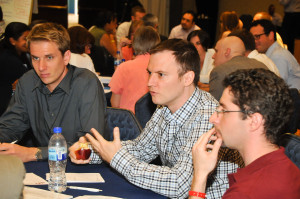
Over 100 researchers were guided through a brainstorming and working group session with the theme of improving access to clean water and sanitation in developing countries.
ECS is awarding $210,000 of seed funding to four innovative research projects addressing critical technology gaps in water, sanitation, and hygiene challenges being faced around the world.
Winners of the first Science for Solving Society’s Problems Challenge:
Artificial Biofilms for Sanitary/Hygienic Interface Technologies (A-Bio SHIT)
Plamen Atanassov, University of New Mexico, $70,000
Interfaces: Produce bio-catalytic septic cleaning materials that incorporate microorganisms removing organic and inorganic contaminants, while simultaneously creating electricity (or hydrocarbon fuel) for energy generation in support of a sustainable and portable system.In-situ Electrochemical Generation of the Fenton Reagent for Wastewater Treatment
Luis Godinez, Centro de Investigacion y Desarrollo Tecnologico en Electroquimica SC, Mexico, $50,000
Disinfection: Study the electro-Fenton approach using activated carbon to efficiently oxidize most of the organic and biological materials present in sanitary wastewater so that recycling of the wastewater might be possible.powerPAD
Neus Sabate, Institut de Microelectrónica de Barcelona (CSIC); Juan Pablo Esquivel, University of Washington; Erik Kjeang, Simon Fraser University, $50,000
Monitoring and Measurement: Develop a non-toxic portable source of power for water measuring and monitoring systems, which will not require recycling facilities. Using inexpensive materials such as paper, nanoporous carbon electrodes and organic redox species, the team will strive to create a biodegradable and even compostable power source.More than MERe microbes: Microbial Electrochemical Reactors for water reuse in Africa
Gemma Reguera, Michigan State University, $40,000
Chemical Conversion: Develop microbial electrochemical reactors that harvest energy from human waste substrates using bioanodes engineered to process the waste into biofuels while simultaneously cleaning water for reuse. The microbial catalysts will be selected for their efficiency at processing the wastes, but also for their versatility to process other residential and agricultural waste substrates. This will provide an affordable, easy to operate system for the decentralized processing of a wide range of wastes for improved sanitation, water reuse, and energy independence.

